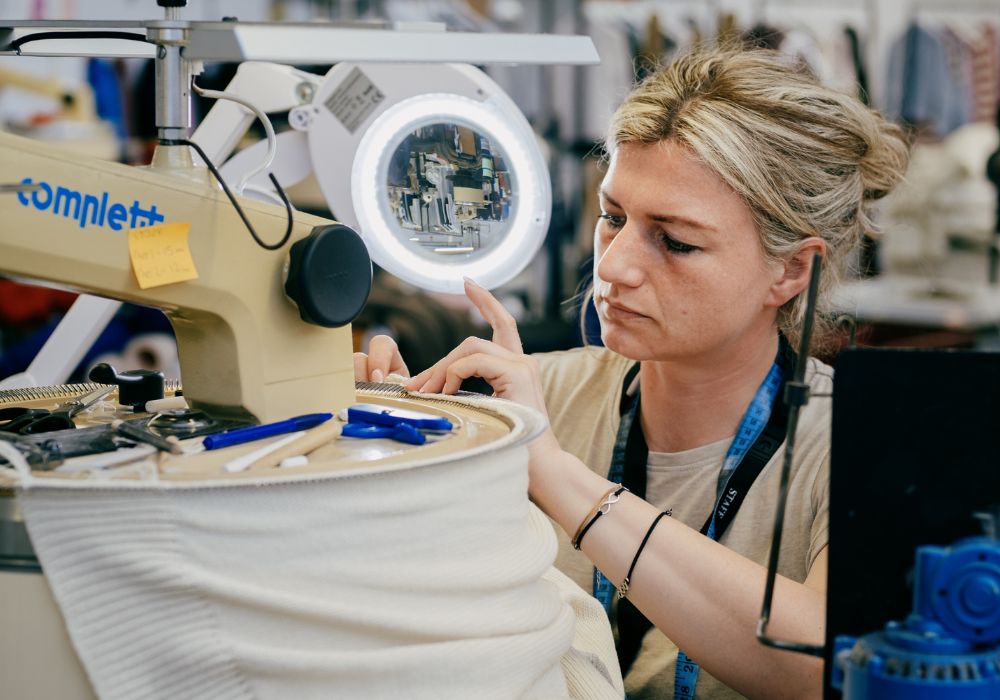Cashmere for all seasons: How a family knitwear business became the foremost innovator in the industry
And secured a permanent endorsement from Chanel.
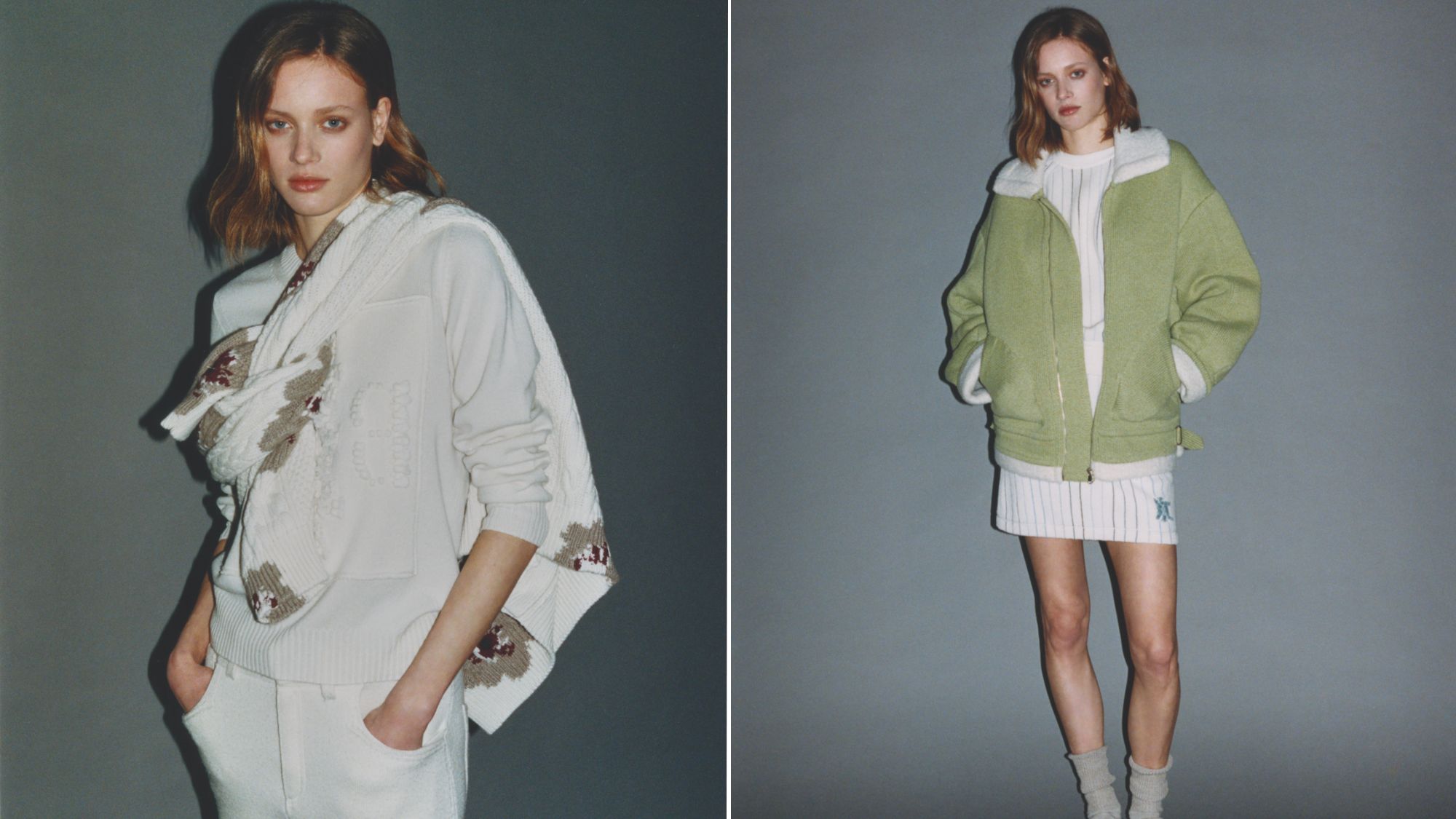
Barrie was first open in 1903, in Hawick, along the banks of the river Teviot,, near Edinburgh, Scotland. Just like its native land, it is a place of contrast – soft light, stark architecture, cold weather, warm hearts… Barrie is also in fruitful tension between history and innovation. And now, they are taking decisive steps towards sustainability.
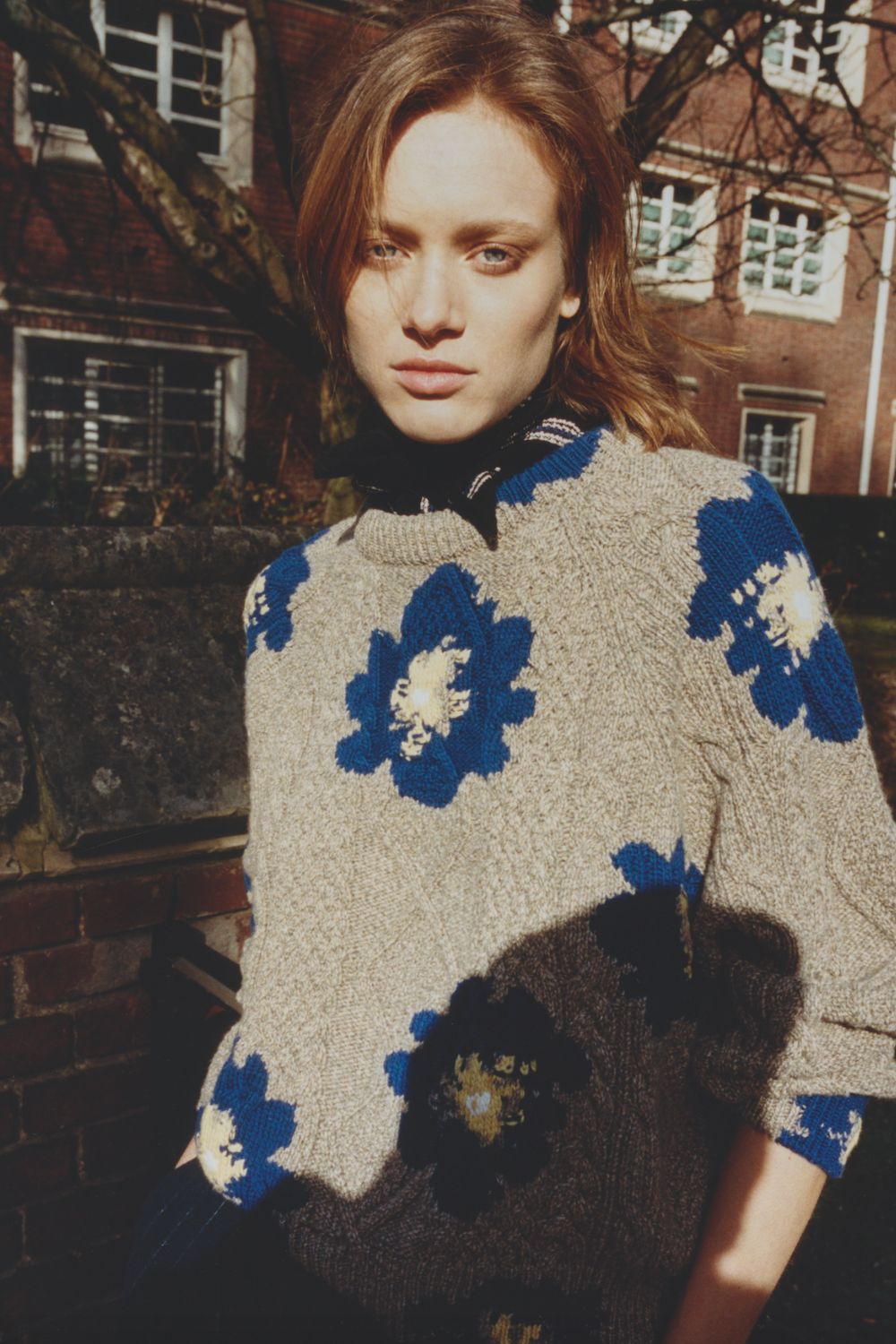
Cashmere as a fibre is particularly sensitive to pollution and climate change. The cashmere goats live in the high mountains of Mongolia. As Scotland also has its very own Highlands, some shepherds thought to bring a few of these capra hircus laniger back with them and raise them closer to home. But the change of scenery caused the animals to grow coarser, less premium hair – showing that DNA is not the only factor when it comes to luxury cashmere: ecosystems have their own, intangible impact. Which is what Barrie, in full partnership with Chanel, has launched a massive initiative in 2015 in Mongolia, to ensure the highest level of traceability and quality for Barrie cashmeres, while making sure that the local shepherds and sheep farmers are paid a decent, living wage.
This sensitivity to the importance and fragility of the goat’s eco-systems, and a deep respect for the humans who care for them, caused the brand to create a cooperative. The almost 400 farmers in this structure are trained and supported to guarantee work practices that are respectful of man, animal and the environment together – sustainable pastures, strict animal welfare standards, etc. For Barrie, making the best cashmere has to be as soft on the planet as it is on the skin.

And then, at the other end of the process, the finished sweaters and knits are washed in big machines that use the Teviot’s water. The river water’s purity is also a factor in the yarn’s softness. Clive Brown, Development Director at Barrie who welcomes us into the factory, shares that this was actually his first job when he joined the company, several decades ago, working these huge, tumbling blue washers.
Walking through the factory, it’s incredible to see how some knitting machines are so old they seem like we should be seeing them in black and white, while others use extremely complex computer programs that require specialised knowledge to use.
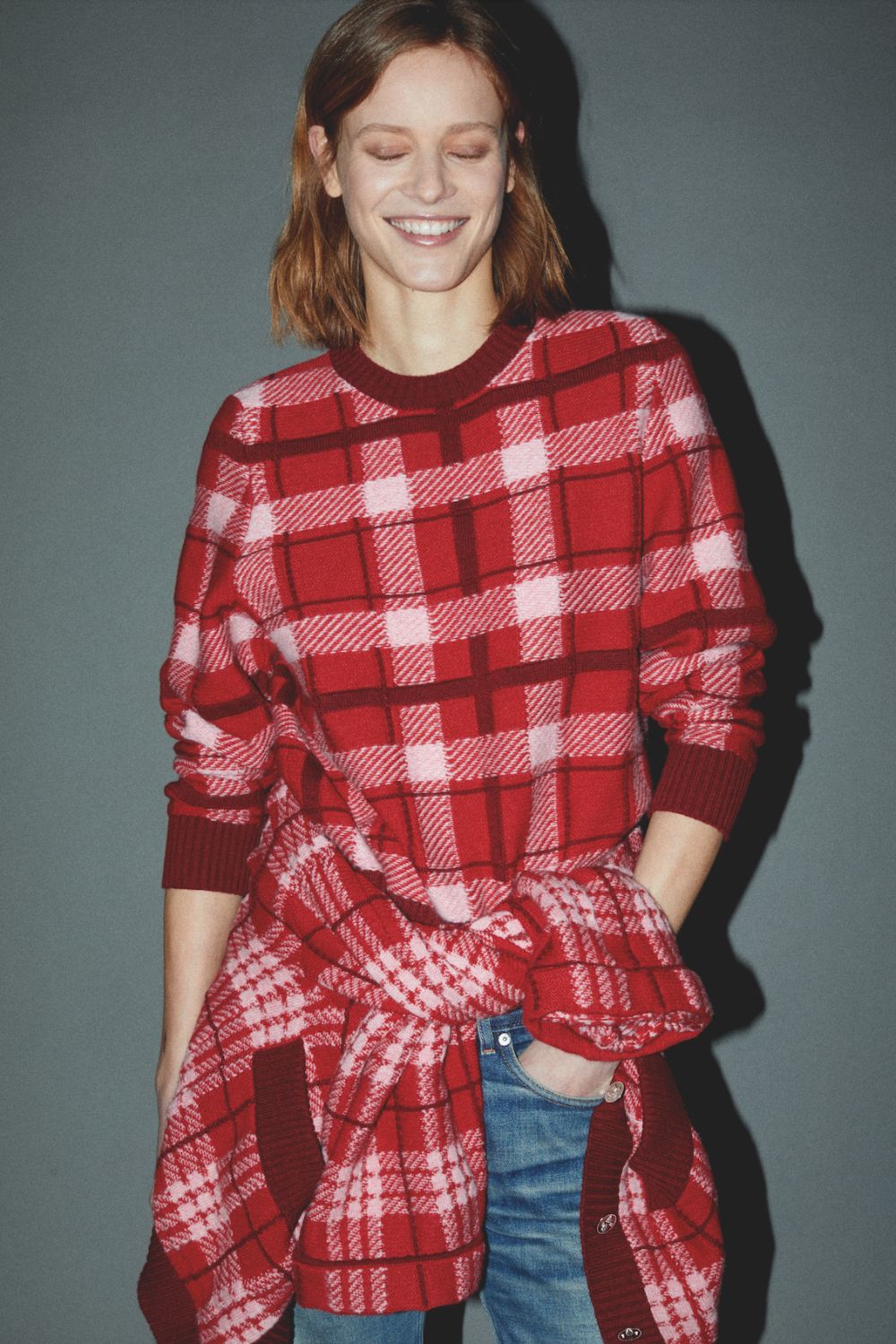
As Clive Brown explains: “The industrial team works closely with the Barrie brand studio in Paris, making sure that the proportion of the design elements are correct, and that everything is scaled to the sizing. And then we have a separate team of people programming.” The Barrie brand was created in 2014, and there is a distinction to be made between the Barrie factory, which works with many clients, chiefly Chanel, and the Barrie brand, which is headed by Creative Director Augustin Dol-Maillot and has its own identity and style. The creation of the brand has empowered the Barrie factory to go even further in its technical innovation, pushed by the creative impulse of the design team in Paris. An even steeper quest for excellence, both in artistry and technicality. Whereas in the past, they would have taken a skilled knitter and taught them how to program, now they scout the best students from programming courses and teach them about the world of luxury knits.
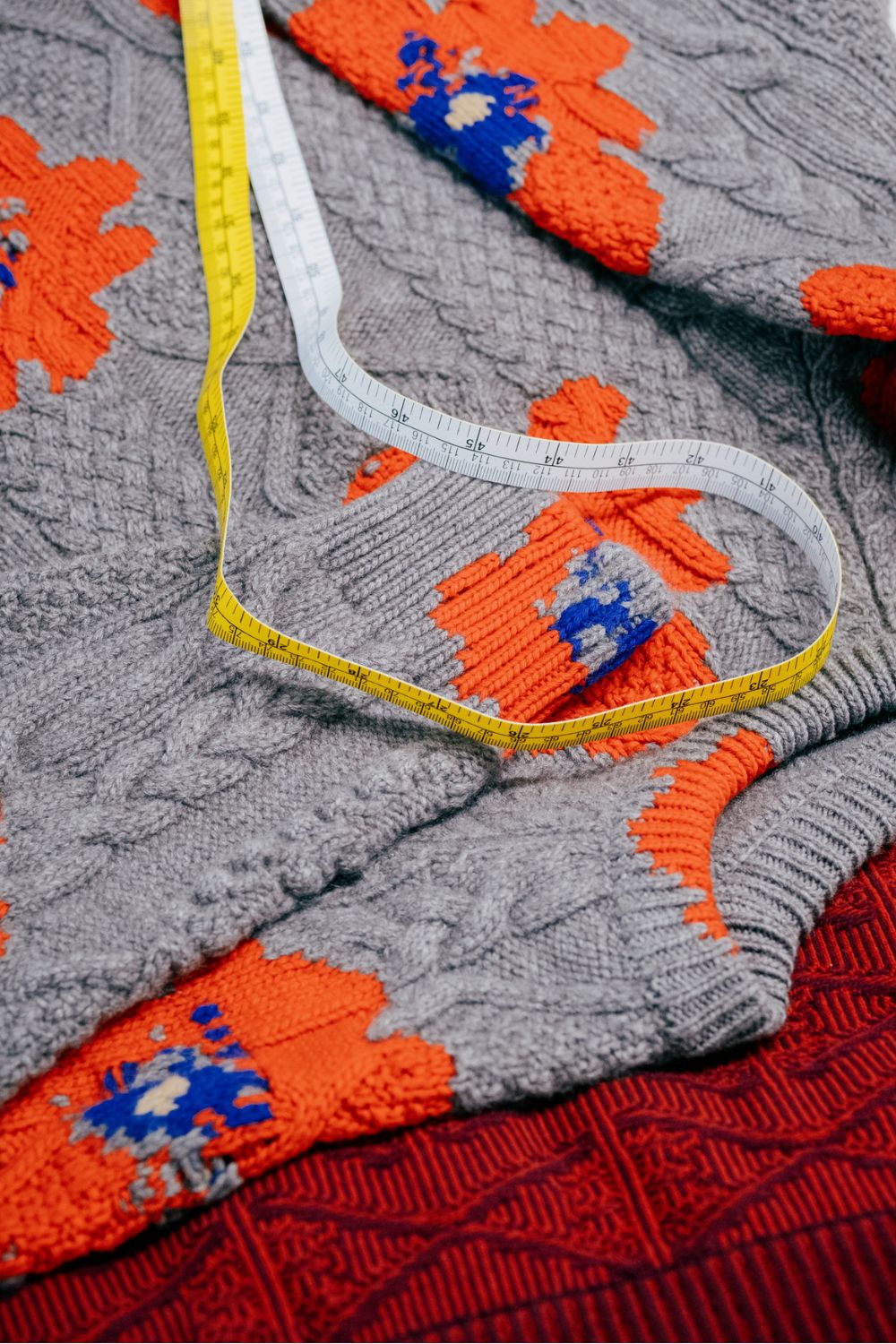
It really does take experts to execute the immensely complex designs they create for their own brand as well as for their clients. Clive Brown is enthusiastic: “Yarn is coming in from 40 different points on any one sweater. You can have different colours, jerseys, three-dimensional… all in the same garment. It’s an extremely creative process, even though people think it’s technical, just programming."
Celebrity news, beauty, fashion advice, and fascinating features, delivered straight to your inbox!

Working with such an incredible roster of high-level luxury houses, and belonging to the Chanel Métiers d’Art ecosystem since 2012, has afforded Barrie the freedom to experiment that few brands their size can have.
“When we develop products for the Barrie brand we don’t think about the cost, we treat it as if it was done for one of our couturier clients.” Clive Brown explains. “I work with a lot of designers, and many of them look at the Barrie website and are inspired by the skill level and range of techniques we offer. We are really about pushing the technology and what is possible in knitting, it’s not about adding nice embellishments.
Having the same small group of people working with some of the most demanding, high-level fashion brands in the world has allowed this comparatively small operation to develop a concentration of expertise and a skill set that is unparalleled when it comes to knitwear technique.”

The results are truly astounding, especially to the trained eye. Much like Chanel, its most famous client and protector, Barrie as a brand is all about the perfect fusion between past and present, desirability and sustainability, skilful execution and the softest, most incredible comfort when worn. Look for that “Made in Scotland” label, your wardrobe, eyes, skin and the planet will thank you!
